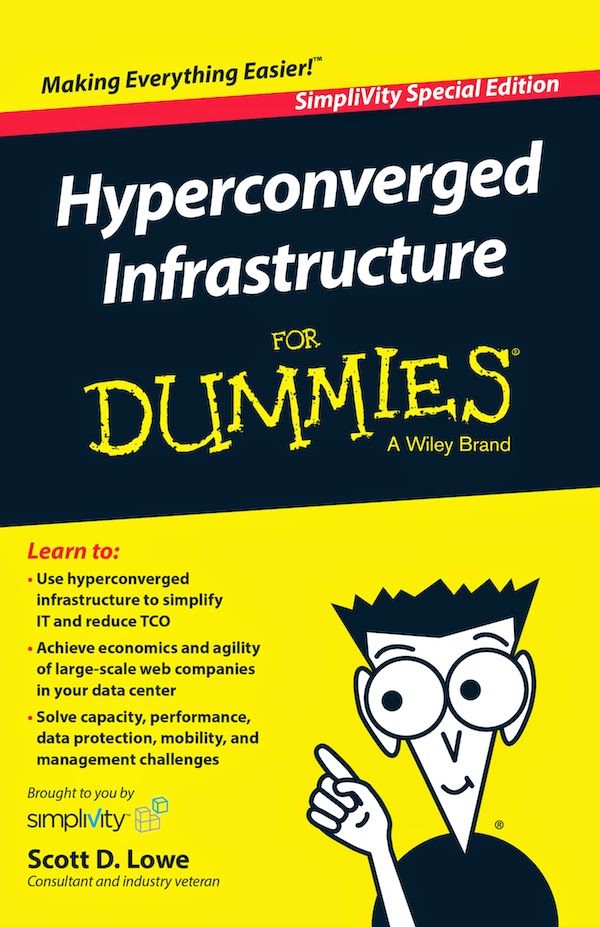PTS Data Center Solutions, in conjunction with Quorum, hosted a particularly relevant event on December 4th. With over 20 industry executives and Backup & Disaster Recovery experts meeting at the Chart House in Weehawken, NJ, PTS and Quorum discussed the need for improved backup and disaster recovery solutions aimed at the Small- to Mid-size business sector.
"The event was originally scheduled for November 7th but we all know what had just taken place the week before - Hurricane Sandy", said Larry Davis, VP, IT Solutions Group for PTS. "If we could have only spread the word earlier and gotten the Quorum solution out to clients without a clear Disaster Recovery plan, the solution really works for a reasonable price."
Developed by Quorum engineers several years ago as a simple to deploy and use alternative to expensive redundant server, storage, and virtualization platform approaches, the Quorum solution has been a hit within market sectors ranging from:
At the event, Quorum engineers provided a live demonstration of a server failure and the One-Click Recovery™ inherent in the onQ solution's design:
"The event was originally scheduled for November 7th but we all know what had just taken place the week before - Hurricane Sandy", said Larry Davis, VP, IT Solutions Group for PTS. "If we could have only spread the word earlier and gotten the Quorum solution out to clients without a clear Disaster Recovery plan, the solution really works for a reasonable price."
Developed by Quorum engineers several years ago as a simple to deploy and use alternative to expensive redundant server, storage, and virtualization platform approaches, the Quorum solution has been a hit within market sectors ranging from:
- Schools
- Banks
- Financial Services
- Law Practices
- Accounting Firms
- Manufacturers
- Municipalities
At the event, Quorum engineers provided a live demonstration of a server failure and the One-Click Recovery™ inherent in the onQ solution's design:
- Current Forever: Each ultra-efficient update is merged into the onQ device which houses virtual machine recovery nodes, full current images of client servers and virtual servers.
- Ready-to-Run: The approach doesn't wait until you need to recover to build your virtual recovery nodes, allowing one-click recovery at any time.
- Point-in-Time Recovery: Even though changes are merged into the ready-to-run recovery node, you can restore files or an entire system to a prior state. This is a perfect fit for business and organizations needing the ability to store and recover 7 years of data for regulatory purposes.









.jpg)

















.jpg)